Shades And Tones Of Red Turbofutureturbofuture.com Graphic-design-video
In graphic design, conventional color rules are strict. Indeed, many of us have absorbed them so deeply that we no longer consciously recognize when we are following them.
Generally they demand simplicity. The prevailing rule of thumb is to use no more than two colors (excluding black and white, not technically colors), and there is even a growing trend to further simplify to monochrome, with successful brands like Coke and Starbucks leading the way.


There is good reason for this. Simple is, admittedly, almost always better, especially when it comes to printing, where too many colors may increase cost and add a measure of variability.
In some cases though, rules are meant to be broken. This article will consider a number of examples of designs that break color rules to great success. But first, a very brief recapitulation of color theory will be helpful.
Color theory
For an in-depth course in color theory, we recommend reading this series from Smashing Magazine (from which the below graphics are borrowed) in conjunction with this key post from our own blog. What follows here is a very cursory distillation.
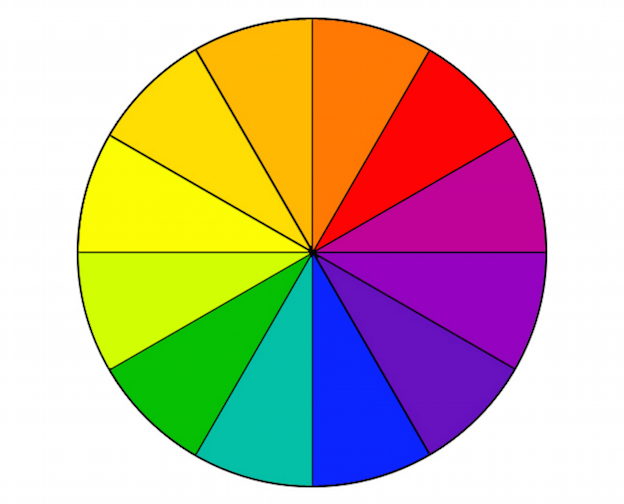
That above is the color wheel, a tool for showing how primary colors (red, yellow, and blue) are used to generate secondary and tertiary colors, also known as hues. From here, you can produce tints (by adding white), tones (by adding grey) and shades (by adding black).
Given this framework, designers have determined a number of "color schemes" that are considered to be harmonious and pleasing. Here are the six most popular ones:
Monochrome: one hue, different tints, tones or shades.

Analogous: three hues that are next to each other on the color while, plus tints, tones or shades of them.

Complementary: two hues that are opposite one another on the color wheel, plus tints, tones or shades

Split complementary: like complementary, but using the two hues on either side of the one opposite your base hue.

Triadic: hues equally spaced around the color wheel (plus tints, tones or shades)

Double complementary (tetradic): two pairs of hues opposite on the color wheel, with or without tints, tones or shades.

If tints, tones and shades are not used in the conventional manner, some of these schemes are capable of producing "discordant" combinations, generally thought to be visually unpleasant. For example, here is a tetradic scheme that uses its two sets of opposite hues—orange and teal, purple and yellow—in their pure forms:

Breaking the rules
So, "discordant colors" are to be avoided like the plague, then? Legendary designer Milton Glaser didn't think so when he designed his iconic poster (originally intended as a book cover) of Bob Dylan, whose hair features an explosion of color against a stark black silhouette:
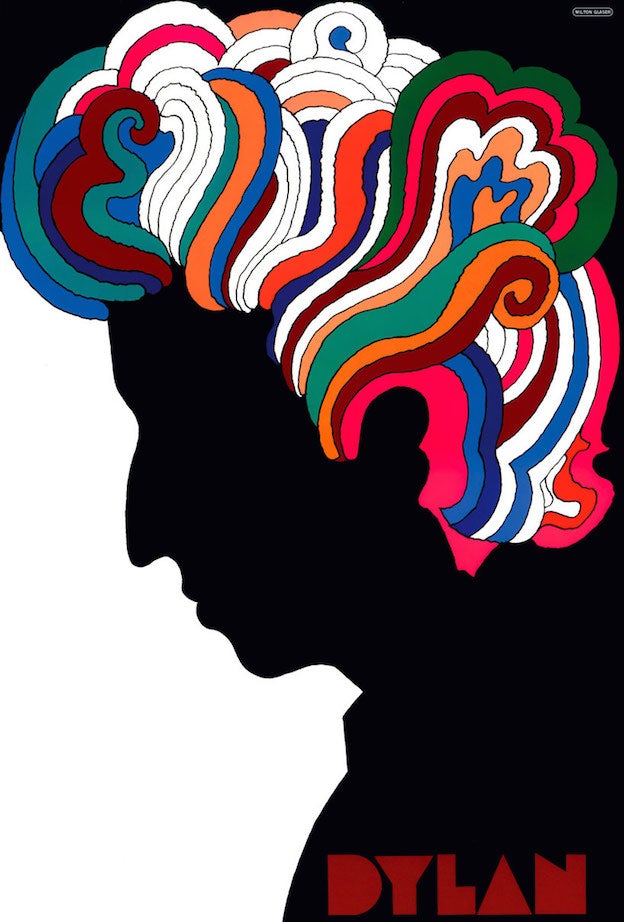
Flags are another highly rule-averse, yet often successful design object, as Roman Mars discusses in his Ted talk, "Why City Flags May Be the Worst-Designed Thing You've Never Noticed." Indeed, by graphic design standards many flags are total failures—way too many colors, often loud and clashing. Yet somehow flags like South Africa's and Maryland's pull it off to awesome effect:
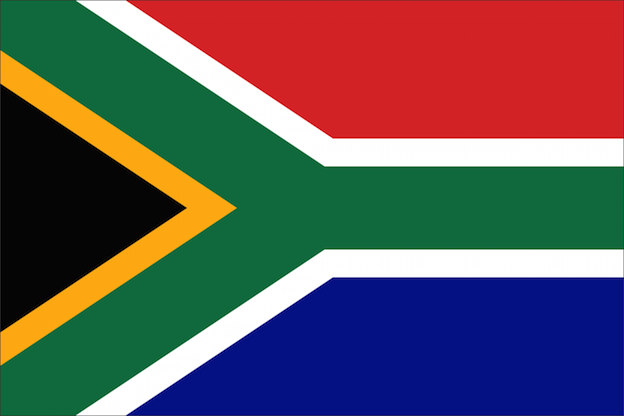
South Africa's flag
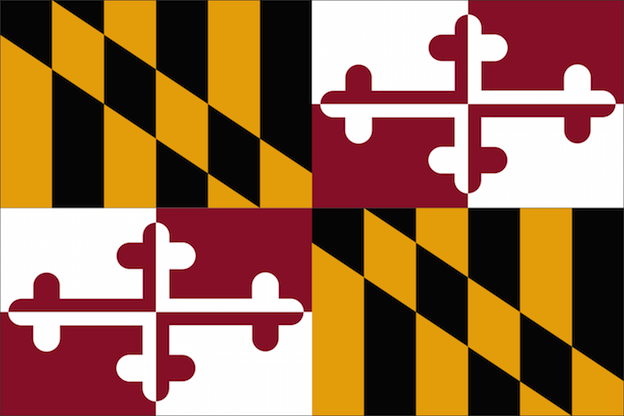
Maryland's flag
Another conventional rule, most pronounced in fashion and interior design, is not to juxtapose black and blue. Many designers also shy away from this combination, yet there is little reason to do so. The following design for Tracks: People in Motion is proof of that:

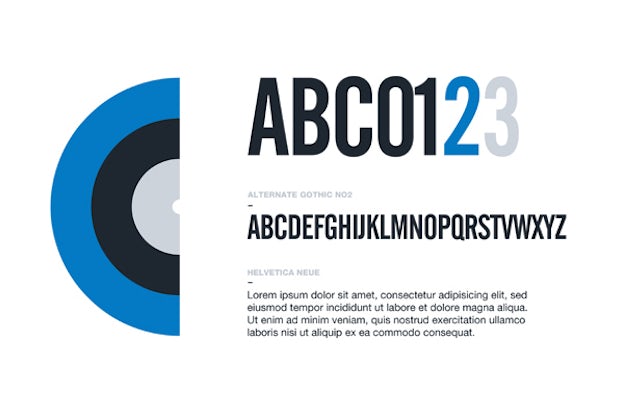
Finally, let's consider the cardinal rule that "a logo shalt have no more than two colors." This is probably the most entrenched color rule in today's minimalism-oriented design culture. Admittedly, it is true that associating a brand with one highly charged color, as Coke did with red and Starbucks with green, can be a swift marketing move.
But on the other hand, some of the most memorable logos in the world—Google's, for example, is one we hardly need to reproduce here—incorporate a plethora of colors. One of the first brands to do this was NBC, which sought to make a name for itself in the early days of television by emphasizing the quality of its color programming. The design has simplified greatly over the past half century, but most of the colors—now six in total—remain:

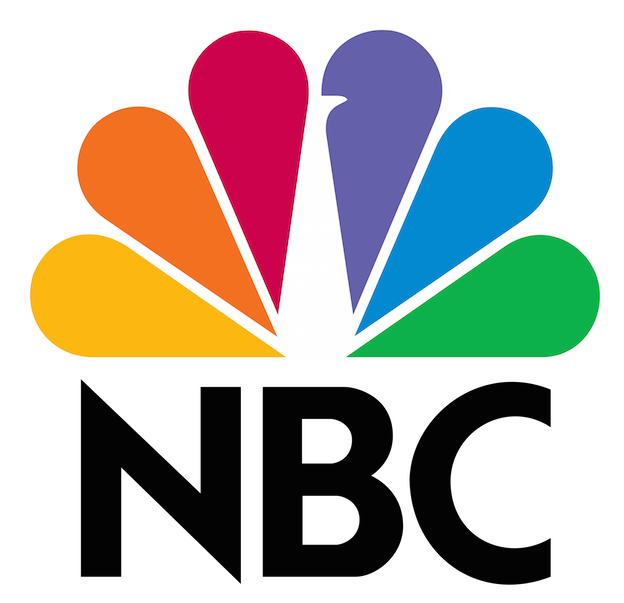
Similarly, we love the new logo for Cooper Union (the prestigious art and design school in New York City). Designed by Doyle Partners (graduates of the institution), the geometric new logo incorporates five colors–an eye-catching shift from their old monochrome design:

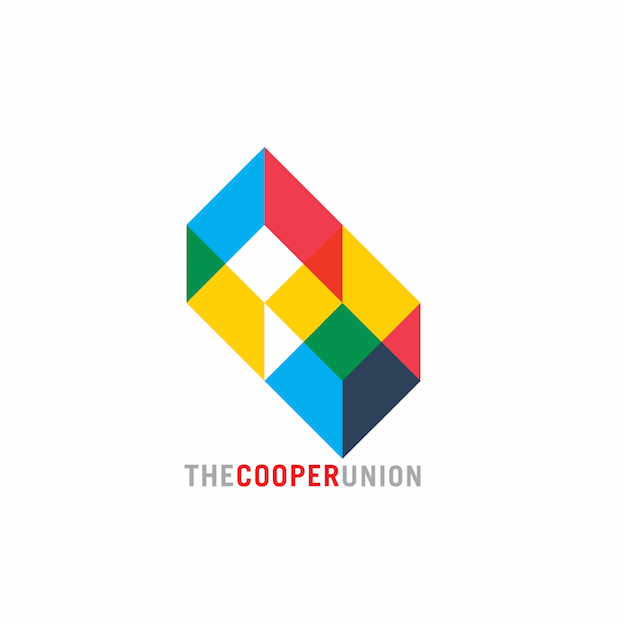
What other good design break color rules? Share them in the comments!
Shades And Tones Of Red Turbofutureturbofuture.com Graphic-design-video
Source: https://99designs.com/blog/tips/breaking-color-rules-in-graphic-design/
Posted by: dixongionit.blogspot.com

0 Response to "Shades And Tones Of Red Turbofutureturbofuture.com Graphic-design-video"
Post a Comment